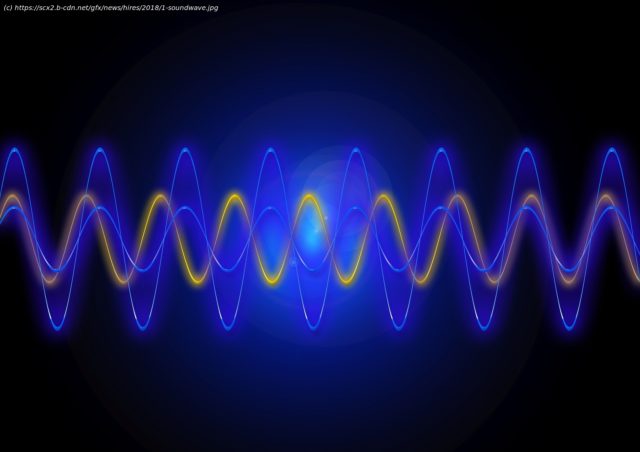Researchers have created a device that enables them to electronically steer and focus a beam of terahertz electromagnetic energy with extreme precision. This opens the door to high-resolution, real-time imaging devices that …
February 18, 2022 Researchers have created a device that enables them to electronically steer and focus a beam of terahertz electromagnetic energy with extreme precision. This opens the door to high-resolution, real-time imaging devices that are hundredths the size of other radar systems and more robust than other optical systems. Terahertz waves, located on the electromagnetic spectrum between microwaves and infrared light, exist in a « no man’s land » where neither classic electronics nor optical devices can effectively manipulate their energy. But these high-frequency radio waves have many unique properties, like the ability to pass through certain solid materials without the health effects of X-rays. They may also enable higher-speed communications, or vision systems that can see through foggy or dusty environments. The Terahertz Integrated Electronics Group at MIT, led by Associate Professor Ruonan Han, seeks to bridge this so-called terahertz gap. These researchers have now demonstrated the most precise, electronically steerable, terahertz antenna array, which contains the largest number of antennas. The antenna array, called a « reflectarray, » operates like a controllable mirror with its direction of reflection guided by a computer. The reflectarray, which packs nearly 10,000 antennas onto a device the size of a credit card, can precisely focus a beam of terahertz energy on a tiny area and control it rapidly with no moving parts. Built using semiconductor chips and innovative fabrication techniques, the reflectarray is also scalable. The researchers demonstrated the device by generating 3D depth images of scenes. The images are similar to those generated by a LiDAR (light detection and ranging) device, but because the reflectarray uses terahertz waves instead of light, it can operate effectively in rain, fog, or snow. This small reflectarray was also able to generate radar images with twice the angular resolution of those produced by a radar on Cape Cod, which is a building so large it is visible from space. While the Cape Code radar is able to cover a much larger area, the new reflectarray is the first to bring military-grade resolution to a device for commercial intelligent machines. « Antenna arrays are very interesting because, just by changing the time delays that are fed to each antenna, you can change what direction the energy is being focused, and it is completely electronic, » says Nathan Monroe ’13, MNG ’17, first author of the paper who recently completed his Ph.D. in MIT’s Department of Electrical Engineering and Computer Science (EECS).
Home
United States
USA — software Wallet-sized device focuses terahertz energy to generate high-resolution images






